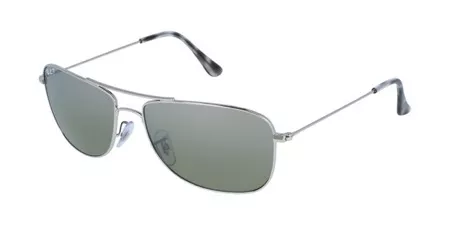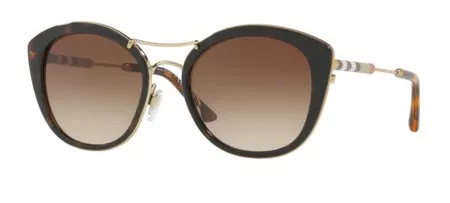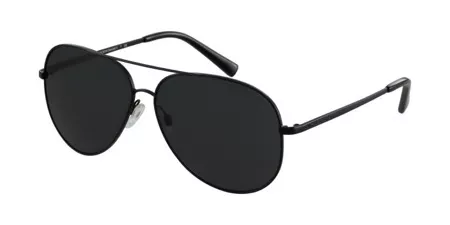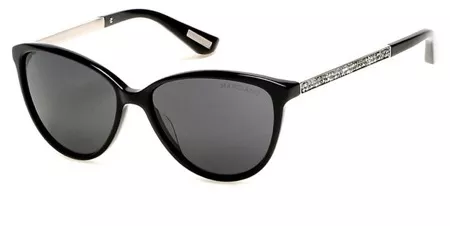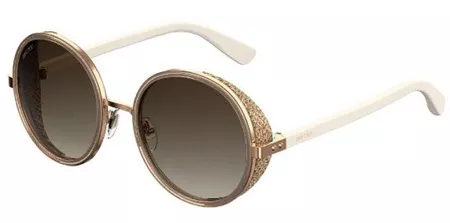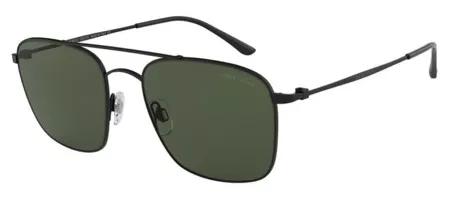
Everyone knows that going outside, experiencing nature, and opening a window for fresh air are good for your mental and physical health. Going for a hike or gardening is an excellent source of exercise, boosting your morale and raising your spirits. Something as simple as sitting outside in the fresh air is valuable. But did you know it is also good for your eyes?
Natural light exposure has its own health benefits. It can improve your bone health, boost your mood and immune system, stimulate the production of red blood cells, and provide your body with essential vitamins like D.
But did you know that natural light is essential for your eye health? Not many people do.
In children, sunlight helps the eye develop proper spacing between the lens and the retina, which can prevent becoming nearsighted later in life. The distance between the lens and the retina is one of the key factors in your eyes’ ability to focus. That’s just one example of how natural light contributes to healthy eyes.
Indoor and Artificial Lights: the Downsides
You may have heard this before, and it’s true. Often, indoor lights (especially fluorescent) present only a small part of the light spectrum to your eyes. As diurnal (active during the day) creatures, humans are adapted to conduct our lives in strong, bright, full-spectrum light. Light deficiency or light at the wrong time (such as at night) can significantly disrupt your circadian rhythm and cause health problems.
Indoor Lighting: Is it on the Wrong Spectrum?
The most common kinds of indoor and artificial light are fluorescent and other forms of dim or flickering illumination. Without the stimulation of bright, full-spectrum sunlight passing through the retina, it’s harder to wake up in the morning.
Losing the natural stimulation of bright sunlight on the adrenal and pituitary glands can lead to feeling groggy and sluggish in the morning, which sets us up for a bad day. It can also affect our mood, contributing to depression, especially because sunlight is necessary to get adequate vitamin D, a vitamin associated with warding away seasonal affective disorder (SAD).
Most people are aware that colors are how we perceive the visible spectrum. Some parts of this spectrum (the blue end) stimulate wakefulness while the other end (red light) allows the production of melatonin. This is important for a healthy sleep cycle.
The sun’s bright, full-spectrum rays tell our bodies and brains to wake up and get moving. Likewise, dimmer orange or reddish rays (like firelight and candles) don’t stimulate wakefulness and tell our bodies that it’s almost time to sleep. That’s why it’s so easy to relax and get sleepy while staring into a bonfire or fireplace.
Screens and Their Health Effects

Unfortunately, we’ve created the ultimate wildcard with one of the most commonly used items in the world today: smartphones. Computer screens, televisions, and tablets are also to blame. These screens produce blue wavelengths that tell your body it’s time to wake up.
Watching TV late at night or using your phone to wind down before bed sends mixed signals to your body and disrupts normal hormone and melatonin production. Poor sleep patterns cause a cascade effect in the body, negatively affecting every organ system and disrupting the healing process.
That’s why it’s important to take routine breaks, limit daily screen time, and use the night mode function on your devices in the evening or before bed. If you must use electronic devices for long periods, try using the 20-20-20 rule.
The 20-20-20 rule is simple. After every 20 minutes you spend staring at a screen, take a break to focus your eyes on something at least 20 feet away for 20 seconds or longer. If the item you’re focusing on is outdoors, that’s even better. Looking at it through a window won’t decrease the benefits of the object being outside.
Full-Spectrum: Is It Worth the Hype?
Full-spectrum lighting is sold as imitating natural sunlight. While it does seem to have certain benefits over fluorescent, is it truly as good for you as marketers and real estate teams say it is?
According to this educational article regarding the subject, “Full-spectrum lighting sources will not provide better visual performance than most other light sources under most circumstances.”
The article goes on to define visual performance as how quickly and accurately your eyes can register information. The kind of lighting typically used in homes and offices (i.e. fluorescent lights) don't inhibit your visual performance to a significant level.
This section of the article concludes that full-spectrum light is no better or worse for your visual performance than fluorescent lighting. Compared to fluorescent light, though, it often brings colors out better and isn't as harsh on the eyes, so even that small benefit may be enough to sell you on full-spectrum lighting.
Full-spectrum light attempts to replicate the effects of natural light by finding an equilibrium between contrast and brightness. Doing so supposedly increases the ease of reading, eliminates eye strain, and improves vision health in general. Still, it doesn’t have the same health benefits as natural sunlight, so don’t consider full-spectrum lighting the same as going outside to enjoy nature!
Why You Should Avoid Eye Strain
One of the main causes of our country-wide declining vision health is prolonged eye strain, which full-spectrum lighting allegedly reduces. One of the ways full-spectrum lighting does so is by offering an improved flicker rate (the rapid changes in a light’s color or intensity).
Noticing a light flicker is common, but the actual flicker rate isn’t something you consciously perceive. Flicker rates that are below approximately 60 changes per second (as is common with fluorescent bulbs) cause higher amounts of eye strain. Full-spectrum lights have a less harmful flicker rate and therefore do less damage.
Other Types of Indoor Light: Are They Just as Bad?
There are forms of indoor and artificial lighting that don’t use blue light, or filter it out. Artificial indoor lighting that doesn’t use blue light won’t stimulate wakefulness and is perfect for relaxing in the evenings. However, they won’t help you wake up in the morning and are a poor substitute for natural light.
Blue light has drawbacks, but there’s a reason it’s so often used. It’s bright, and it’s cheap. Fluorescent bulbs and other artificial lights can provide sufficient lighting with fewer lighting fixtures.
Forms of artificial indoor lighting that don’t use blue light typically have a higher flicker rate, which is good. They don’t, however, always strain your eyes less. Most of the time when places are lit with artificial non-blue artificial lights, the space is too dim.
When a space isn’t lit brightly enough, your eyes can struggle to focus. Reading or completing tasks becomes more difficult, which strains them even more. So in essence, super-bright, blue-spectrum lighting is great for daytime use, stimulating wakefulness and productivity, while warm-spectrum reddish light is perfect for winding down in the evening.
Sunlight and Nature: How You Can Use Them to Preserve Your Vision

Ask any medical professional and they’ll all agree that going out in nature and enjoying the sunlight has innumerable health benefits. This doesn’t exclude vision health. Natural sunlight is surprisingly good for vision health, especially in children.
Some studies show that children who frequently play outside have better distance vision later in life than those that stay inside most of the time. Evidence is emerging that sunlight helps form an ideal distance between the lens and retina of a child’s eye. It is this distance that provides the eyes with the ability to focus on and register objects from a distance.
Fresh air is also a major benefit of being outside in nature. It’s helpful to more than just your respiratory and circulatory systems. It’s also good for your eyes. Specifically, the corneas of your eyes (also known as the outermost lens) draw their necessary oxygen directly from the air, and do so more easily in fresh air.
WebEyeCare: Ways We Can Help
So now you know just how essential it is for your eyes to be exposed to natural light and for you to get outside routinely. There is one thing you need to be cautious of when you spend so much time outside, though: excessive UV and UV-B ray exposure. But don’t worry! We offer a wide variety of sunglasses and contact lenses designed to help you shelter your eyes.
We work with a ton of designer brands like Jimmy Choo and Giorgio Armani to bring you eye care in style. Just a few examples of the glamorous sunglasses available on our website include:
Shop WebEyeCare for a great selection of eyeglasses and contact lenses. For all of your vision needs, choose WebEyeCare!
 Save yourself from getting into rush hours and buy your contacts online.
Save yourself from getting into rush hours and buy your contacts online.








